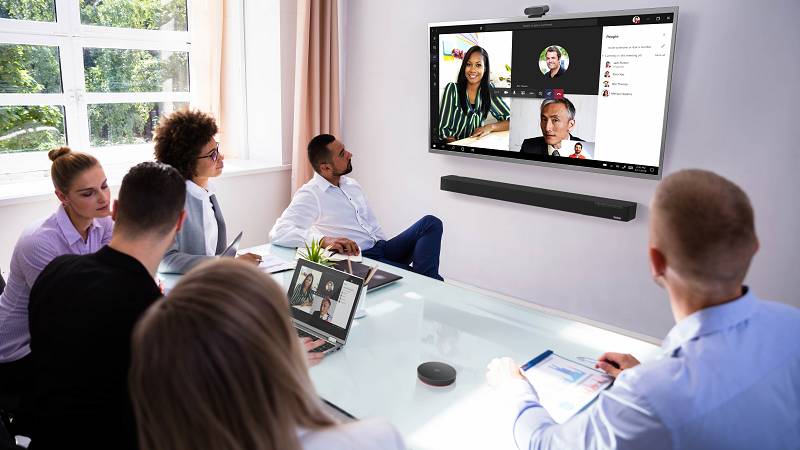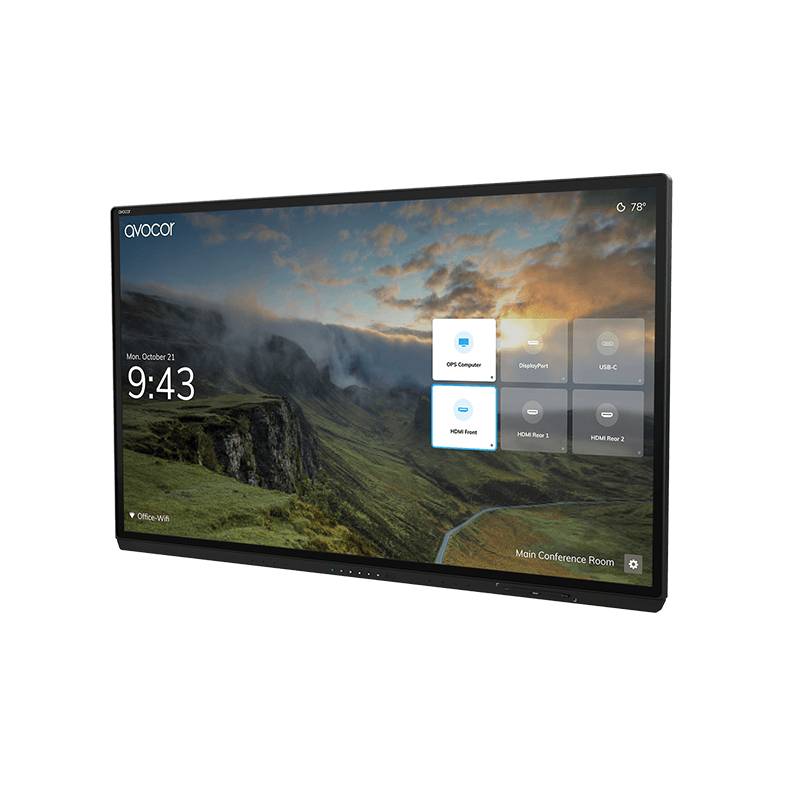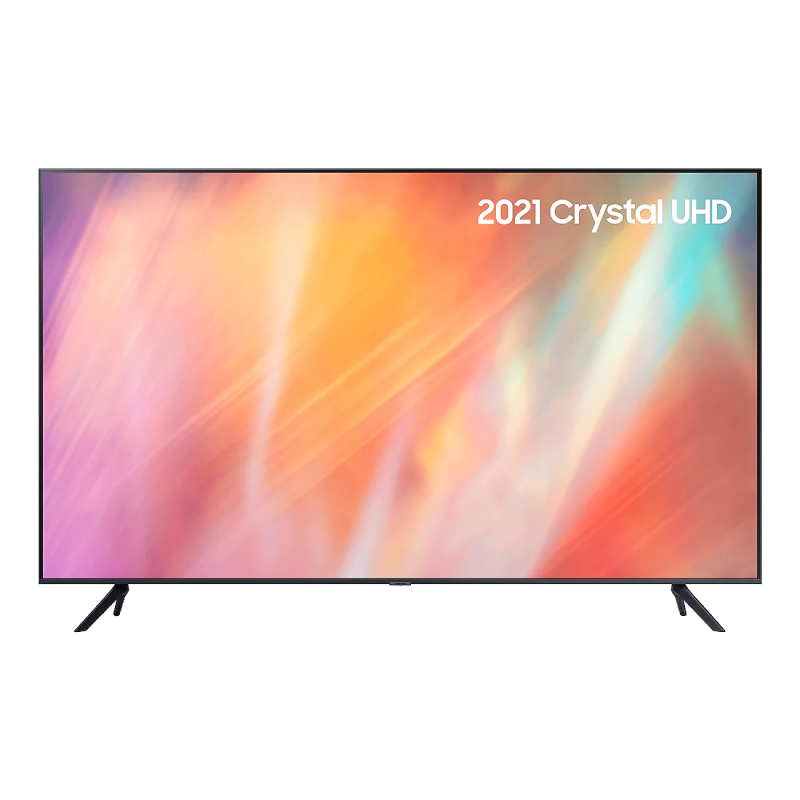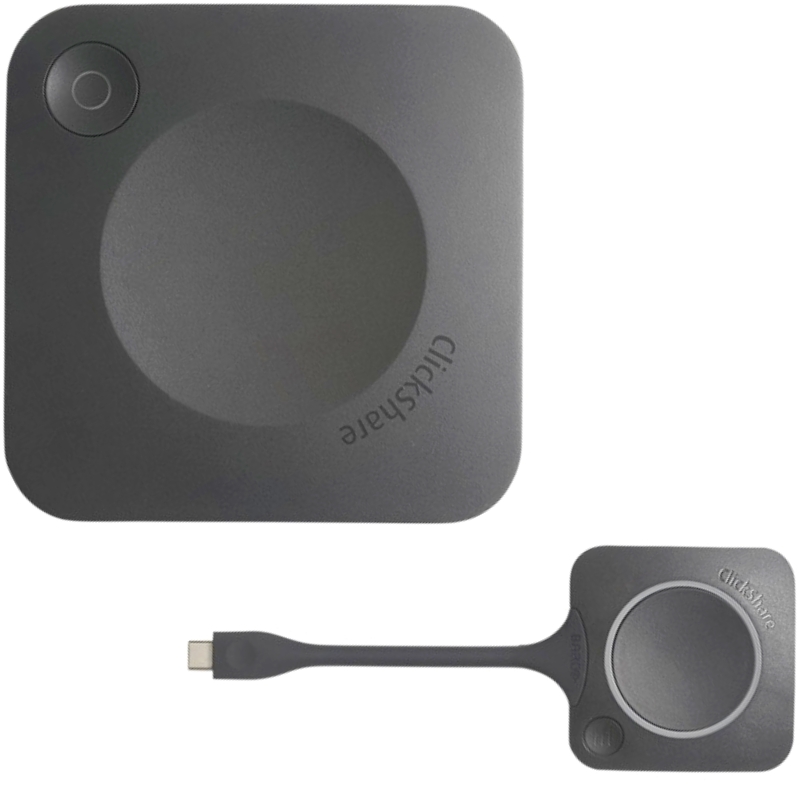Importance of Embracing Modernity
Video conferencing will be an integral part of the immediate future and beyond for work and education. Consequently, it is important to know why it is becoming increasingly vital to establish and maintain a video conferencing network in 2023.
Recently there has been increased decentralisation of the modern-day workplace. As a result, remote and hybrid working have become popular options for employers and employees alike.
As the increased use of video conferencing is a universal trend, it would be beneficial to to be aware of the trends inside this inevitable inclusion in your business life.
Video Conferencing for Adaptable Work Environments
In recent years video conferencing was essential because of the guidelines implemented and the need for the continuation of work. However, this dramatic increase in use was not unsustainable. A once foreign concept of work being possibly more productive outside of the confines of the workplace was introduced.

This shattering discovery was thrust into the world as a whole and remains desirable even after the lifting of the majority of the guidelines. At this point, people realised that this flexibility could make their obligations and life balance better. This uncomplicated solution revolutionised the contemporary workplace and continues to do so.
1. Video Conferencing for Hybrid and Remote Work Environments
As previously mentioned, hybrid and remote working became a fixture. It remains an extremely important choice for individuals. It is imperative that businesses have either implement a prominent network or have a contingency network in place.
It also can suit the business. The delocalised working structure allows firms to save on property costs, especially with the increases in e-commerce and focus on online tasks.
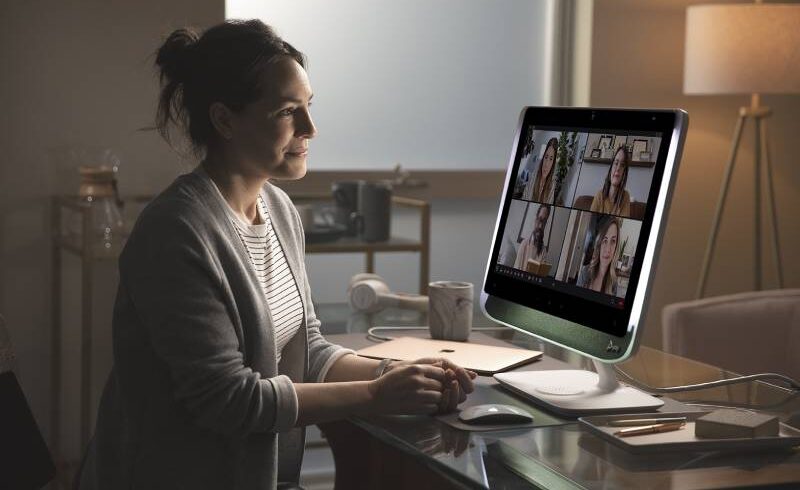
Certainly, the adaptability to the situation of having dispersed personnel is essential, even for those who choose to remain in the traditional office environment. Therefore, it is a necessity to have a network in place to contact others who chose hybrid and remote environments. Whether these are other employees or external contacts, these developments are unavoidable.
It is important to distinguish the factors that are universal factors, that the business must adapt to the external environment regardless of the approach they decide internally. However, the business should also understand how different individual needs are for this topic and have a framework in place if the situation of the individual would benefit from this change of hybrid working and the challenges it presents.
2. Technological Improvements in Software
As can be assumed, there is a lot of research and development in this sector and improvements are being made constantly. In particular, the field of Artificial Intelligence is advancing at a rapid rate. In the category of video conferencing AI is used to improve the quality and convenience of your calls.
AI is used for the creation of features that analyse and affect the environment and software. It can affect sound, track viewers, sense movement and help with scheduling and note-taking.

AI can provide noise-cancelling through noise reduction when the audio is being input on a microphone and echo cancellation for the output from speakers. Without a doubt Noise-Cancellation technology is imperative for the future of video conferencing immersion.
Tracking viewers is possible with the ability to identify who is speaking and switch focus and put them on screen.
Depending on the software, it may be able to detect when people have entered the room and movement across the room. This can help implement a power-saving wake up feature that turns on when people are in the room and go into standby when no movement is detected. In some sophisticated cases, you can make the AI selective for who it recognises, allowing for more security.
It can also be used to simplify scheduling and note-taking, which allows you to easily organise information and calendar.
Some up and coming features of AI integration are automatic captions, automatic translations and automatic transcribing. These leaps, especially automatic translations are groundbreaking and could help communication transcend language barriers.
3. VR in VC
Another category of innovative technology that will spearhead video conferencing in 2023 is virtual reality. The abilty to meet, communicate and interact on a virtual plain opens up many possibilities that are yet to be achieved.

A once exclusive category of equipment is becoming more available to the wider population. In the next year, this equipment will become more commonly adopted by businesses. This will lead to further innovation and accessibility, eventually becoming as important as an audio headset at some point in the next few years.
The aforementioned new possibilities include the creation of a virtual environment that you can affect, revolutionising the video conferencing industry. Not to mention the engagement virtual reality can facilitate with the feeling of an in person presence.
Virtual Reality meetings would also break the monotony of being cramped behind a desk and make individuals feel involved.
4. Increased Usage of Video Conferencing for Conventions
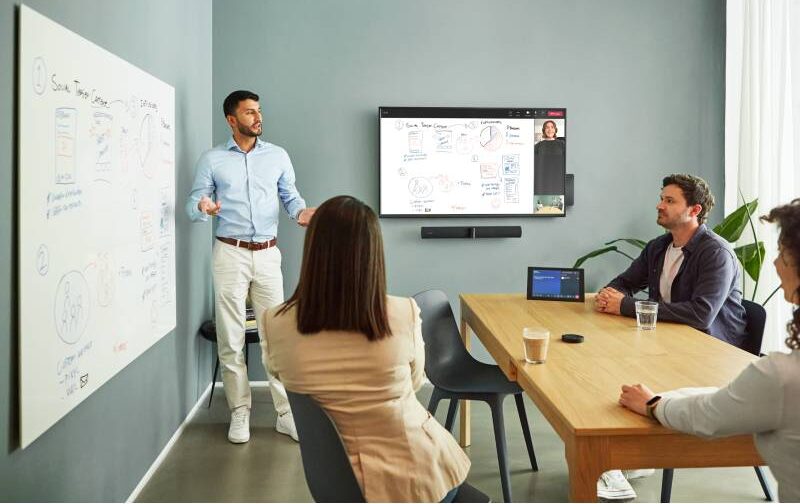
Conventions and seminars were once a fixture of business and education, where there was a commune of learning. However, recently there has been less physical congregations of this regard to avoid unnecessary travel and illnesses. Webinars have surged in popularity and credibility as a result of this and there is an inevitable exponential increase in virtual attendance of webinars via video conferencing for work and education purposes in 2023.
The amount of webinars available has also risen concurrently with the increased demand. Webinars represent a simpler solution for both attendance and hosting, with hosts capable of presenting from their own households if they wish.
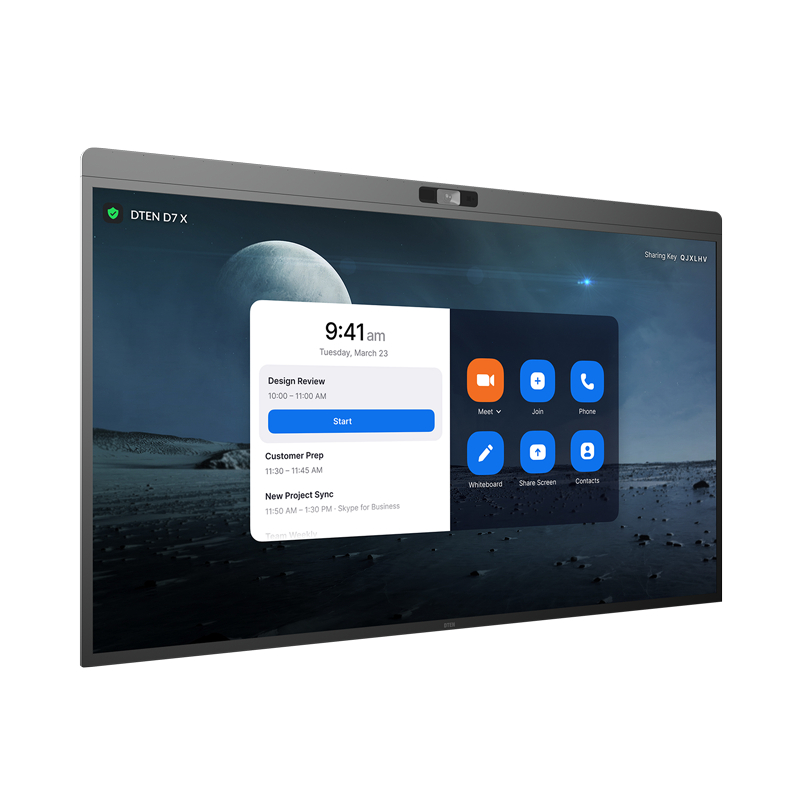
5. Personalisation
It is important to feel comfortable and feel yourself when you are confined to a screen. It is therefore imperative that you feel like your participation is on your own terms. Whether this is through controlling your set-up and settings or something as simple as using a custom background. In a physical workspace people are allowed to customise their set-up at their desk, so why should they not be able to customise their virtual workspace to feel comfortable and productive.
There are some other practical features such as blurring of the background to ignore any background distractions and increase security.
6. A More Centralised Command Structure
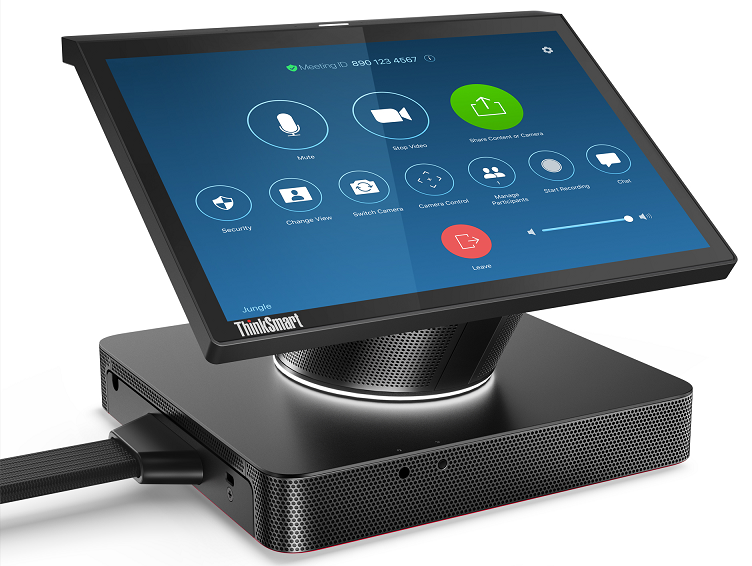
As has been shown, the progressive improvement of video conferencing solutions naturally means there are features introduced with the purpose of increasing the freedom and possibilities of participants. However, with the increased freedom of participants, there must be a development of more control features for professional settings.
In pursuit of this, there are many control features that have been added to aid in the pursuit of this. Many of these are convenient administrative controls for the host, like the toggling of cameras and microphones of participants. Significantly, this allows the hosts to promote interactivity and regulate time.
7. Interactivity
It is important to reinvent the method of delivery withing the video conferencing solution, to prevent fatigue or staleness. As the physical and virtual aspects of video conferencing evolve, so should the delivery methods. Undoubtedly, without this dynamism, meetings will become repetitive and monotonous.

Accordingly, businesses have been trying to prevent this problem by focusing on improving engagement through interactive features. These interactive features include philosophies like gamification. In the context mentioned earlier the aim of gamification is to keep focus and attention by adding activities and games to the environment.
Fostering a more informal work environment can also be a great way to improve the general atmosphere and create conditions where all participants feel comfortable presenting ideas. This correspondingly promotes internal innovation and a sense of belonging among stakeholders.
8. Wearable Technology
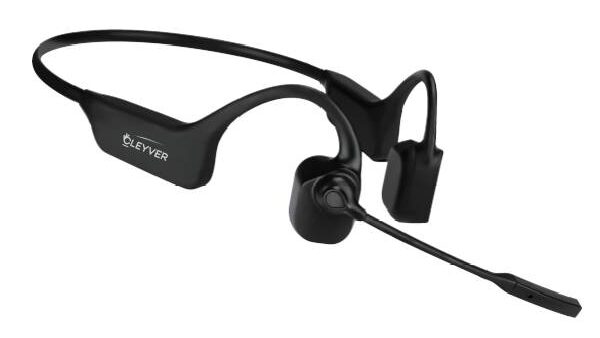
Wearable technology is also now a prominent trend as an accessory to video conferencing. In particular, the field of headsets continues to make strides in innovation. An example of this is the new and sophisticated bone-conduction technology offers a healthier way to hear audio. As an illustration of this technology there is the Cleyver Open Ear UC.
The technology does not engage the user´s ears while in use. Instead, the technology diffuses sound vibrations via the wearer´s cheekbones. Another factor to mention is this technology allows the user to remain aware of their surroundings and the vibrations bypass the fragile eardrum.
Equally important as the innovation of new technology is the preferred choice of the marketplace. As already noted, the trend of flexibilty makes the wireless headsets and bluetooth headsets currently the most popular choice. To further allow you to choose the best headset for 2023, we have an article that highlights the best options from each category. Click here to find your best headset!
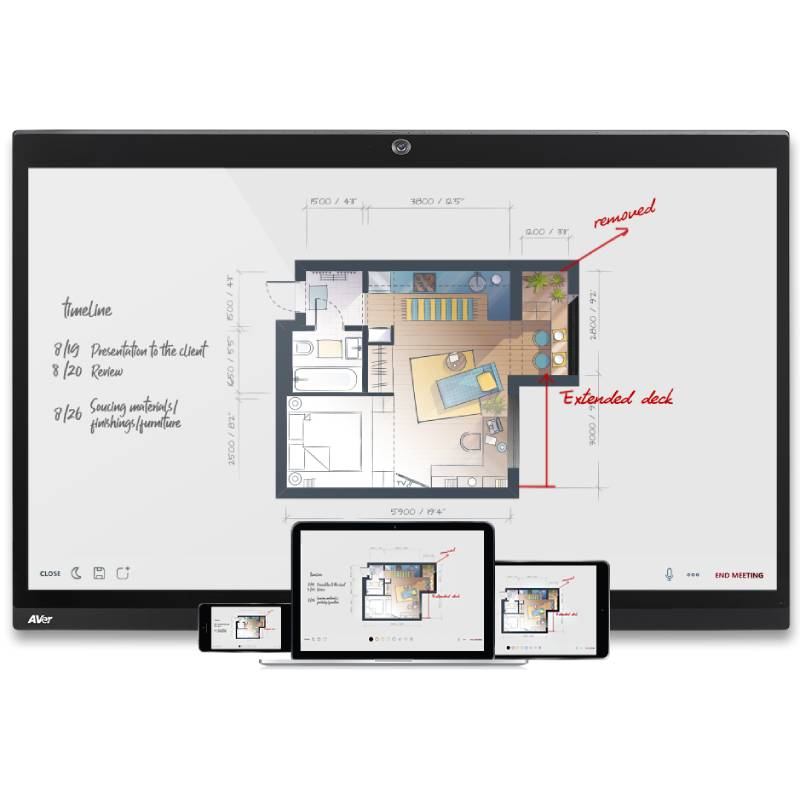
9. Simple to Use
The days of having to install individual surplus software just to enter meetings are over! Gone are the days of tedious set up and frustrating co-workers who haven’t got a clue as well. At the present time meeting software is streamlined and often integrated for a simple set up that can let you start video conferencing the same day in 2023. No longer must you enter meeting codes and IDs only for the person to have read it wrong entirely. At this time it is a much simpler “click and join” type situation now.
Another improvement is the accessibility and compatibility across devices and operating systems. As can be seen, these developments adapt to the individuals situation whether they are remote working, on the go or in the office.
10. Innovative Video conferencing Hardware
The hardware used in video conferencing for work and education environments continues to develop at a rapid rate. Particularly, there is a focus on developing innovative collaboration tools. There is also a focus on hardware designed to integrate with compatible platforms, such as Microsoft Teams, Zoom, Google Meet, and Unified Communications.
As mentioned before, there are many innovative categories of video conferencing hardware that will develop in 2023 like Interactive Displays, Monitors and Wireless Presentation Systems. These technologies each explore different ways to extend the limitations of video conferencing. Each focuses on Physical, Visual, and Virtual collaboration respectively.
Video Conferencing for Work in 2023
Overall, video conferencing solutions will be an integral part of your next year and beyond and you should treat it with that importance. Even if this means you must upgrade your network or build it from scratch, we are here to help! We have many options to alter or begin your set-up and a team of experts you can contact to figure out the best solution for you!
